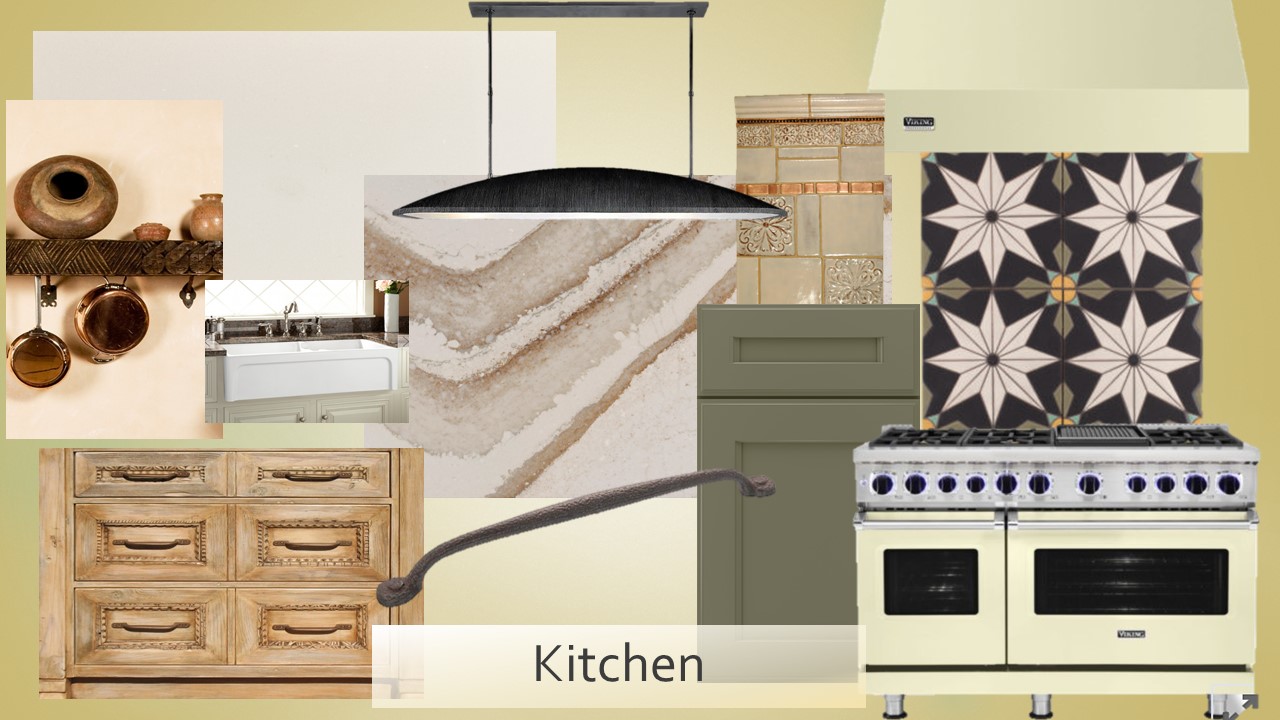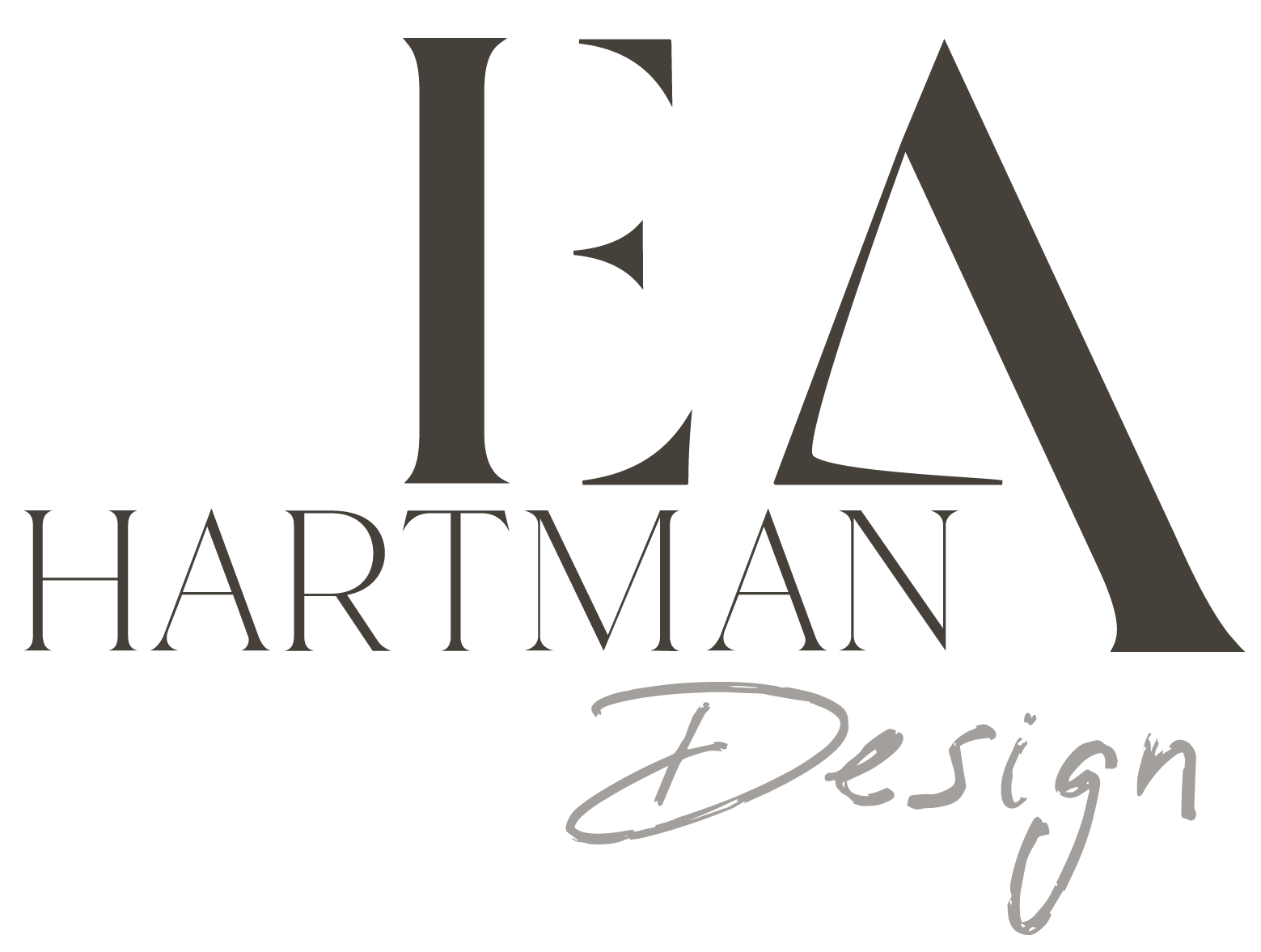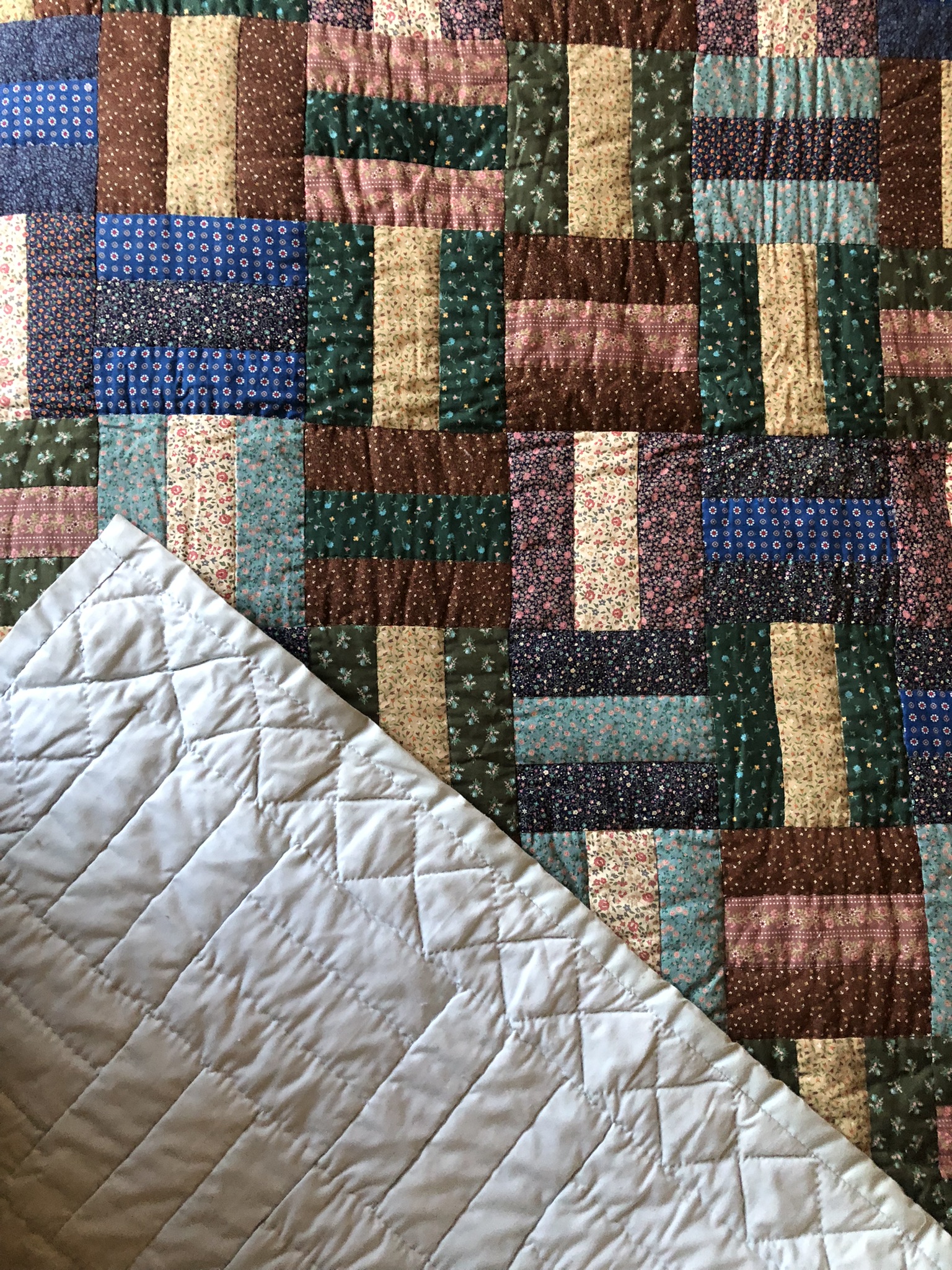The third Saturday of March is National Quilting Day. My grandmother, Anna, used to quilt. She also taught me to sew, which contributed to my lifelong interest in design. Because of this history, there are aspects of quilt design that both influence and inspire my interior design.
Anna took up quilting later in life, after retiring from decades of working as a seamstress. She constructed about half a dozen blankets, quilted by hand. They are now heirlooms treasured by the family members who received them.
For her designs, she relied on leftover scraps of material from other projects (in particular, she enjoyed making clothing for herself, her children, and grandchildren). The patterns were simple and practical and the construction was durable. Her quilts were designed to be used.
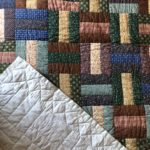
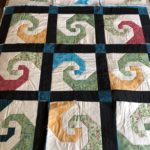
Early in my career, while I was working in costuming, I tried my hand at quilting. I started with a pattern I liked — a pinwheel variation. Unlike my grandmother, who had a stash of cotton fabrics to select from, I had to source everything new. This meant I had an seemingly endless selection to choice from.
I struggled with the design. I wasn’t accustom to thinking in such small pieces, contrasting scale and color qualities. I spent way too long in the fabric store comparing different prints to find the right choices that not only worked together but also worked in the pattern. In the end, I chose a predominantly primary color palette against a black and white background. I limited the number of prints and stuck with small- and medium-scale patterns.
Although I learned that quilting was not my hobby of choice, the experience inspired me in other ways. Interior design projects often remind me of quilts. As you select palettes, styles, finishes, and accessories you must balance color, textures, prints, scale, silhouette, and motifs in similar ways. Just look at design boards to see what I mean. I share here some digital boards I did for a “Taos Artisan” residential design class project in 2020.

